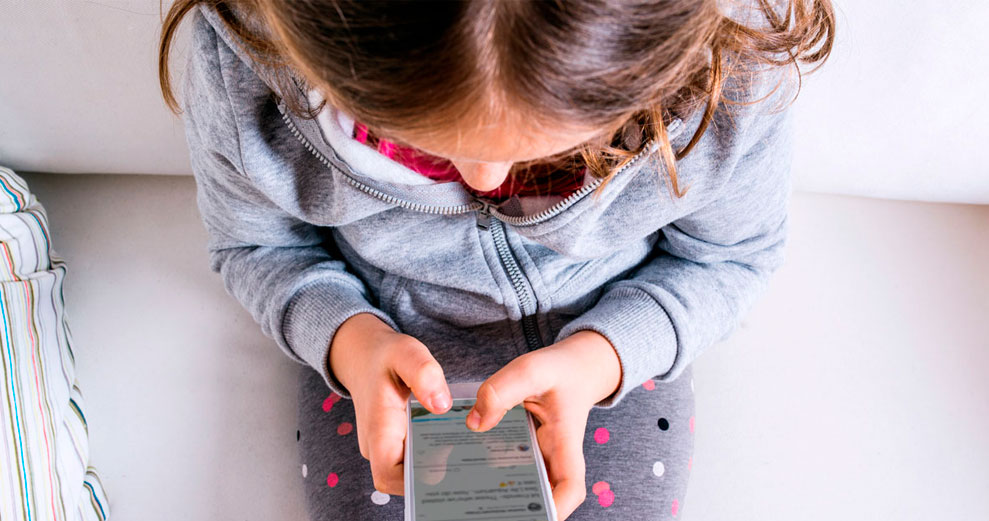
What’s a Teacher to Do? Addressing and Preventing Cyberbullying in the Classroom
Bullying is not a new concept, but with rampant use of the internet and social media among teenagers, bullying has adopted new tactics.
“Social media has affected bullying significantly,” said Wesley Morgan, MA, LLPC, of Adolescent & Family Behavioral Health Services in Grand Rapids, Michigan. “I see bullying through social media almost weekly in my practice. I have seen social media impact bullying a lot because, to me, it serves as a reference where kids get ideas.”
Not all social media is negative, but certain online content could jettison unwanted behaviors. YouTube challenges, for instance, are popular among kids. While they could be as harmless as trying not to laugh while watching funny clips, others involve sucker punching a stranger (yup, it’s a real challenge).
“Back before social media, somebody probably saw what was happening, whether it be at school or on a bus,” said Ashley Strang, MA, LLP, CAADC, also of Adolescent & Family Behavioral Health Services.
“It’s scarier now because you don’t really know if it’s happening. It can go off the radar. It can happen 24/7.”
Cyberbullying—which may include sending threatening messages, blackmailing with embarrassing photos, sharing information that could damage reputations, hacking accounts or creating fake profiles to post inappropriate content—can happen anywhere, anytime. In the classroom. Out of the classroom. During student trips.
And the impact is constant. Others can continually view the content, even if it has been removed or deleted, because kids can save photos or take screenshots during the time it is visible.
“For the person being bullied, they feel left out and isolated,” Morgan said. “Because that’s one person fighting an army of 50,000.”
Kids aren’t always likely to open up about being bullied, and bullies aren’t apt to stop on their own accord. Even if cyberbullying is flying under the radar and occurring outside the classroom, the fallout is often seen at school. Teachers can play an important role in addressing, preventing and stopping cyberbullying.
Understand what bullying is.
Bullying is unwanted, aggressive, repetitive behavior.
There is often an imbalance of power involved, notes Strang, such as a difference in popularity or economic means.
Bullying may not be intentional. For instance, the YouTube challenge where kids try not to laugh while watching a funny clip may involve humor at the expense of others. A kid might just crack a joke about a peer to get a reaction from an individual, group of friends or class. Other times, someone may have misperceived another’s tone in a social media message.
Such actions are still considered bullying, even if it’s not the intent.
Kids are not immune to occasional conflict, but when an action perceived as aggressive becomes repetitive, it’s considered bullying.
Recognize the signs of someone being bullied.
If kids are being bullied, you’re likely to see changes in demeanor and behavior.
Kids who are bullied are more likely to isolate themselves and avoid conversations. They might not spend as much time with their friends as they did before, or they might have issues in school—either declining grades, or feigning sickness to avoid class.
Being bullied often results in low-self esteem, so Morgan notes to look for self-harm behaviors. “Often times, kids experience pain, and so they inflict pain on themselves.”
Recognize the signs of someone who is bullying others.
On the flip side, you might want to recognize the signs that a child is doing the bullying.
Just like children being bullied, children who are the ones bullying also exhibit changes in demeanor and behavior. Kids who are bullying may not accept responsibility for their behavior, or they might blame others for their problems. They might be hanging around a new group of friends or change their physical appearance, like clothing and hairstyles. They might also have issues at school, such as slipping grades or conflicts with other students.
Address the problem.
If you think a child is being bullied or bullying others, get involved. Let the principal or school counselor know what’s going on.
When children are bullying, it’s important to hold them accountable—but also be understanding. Work to separate the behavior from the student and strive to teach right from wrong.
“Work to understand why they’re bullying,” Morgan said.
Bullying can stem from anger or a lack of empathy for other people, but it can also be a reaction to feelings of insecurity, a lack of confidence and low self-worth.
No matter the reason, bullying is a learned behavior, and your child needs to understand the affect of his or her actions. Both those who are bullied and those who are bullying could benefit from counseling.
Be proactive.
Even if you’re not recognizing symptoms of bullying in the classroom or on trips, it’s important to create a conversation to help prevent cyberbullying.
- Help students learn to recognizing cyberbullying when it occurs and understand the affect it has on someone’s emotional and mental health. Bullying could lead to self-harm and, in some cases, suicide.
- Encourage bystanders to speak up. Ask them to refuse to pass along cyberbullying messages, or they could add to an inappropriate post: “This is not cool.”
- Ask students to report cyberbullying incidents, whether it happens to them or another student, to adults. Urge them to save the evidence by taking a screenshot so adults know exactly what happened.
Teachers can be a powerful force in promoting a culture of respect.
Written by Cassie Westrate, staff writer for Teach & Travel.

